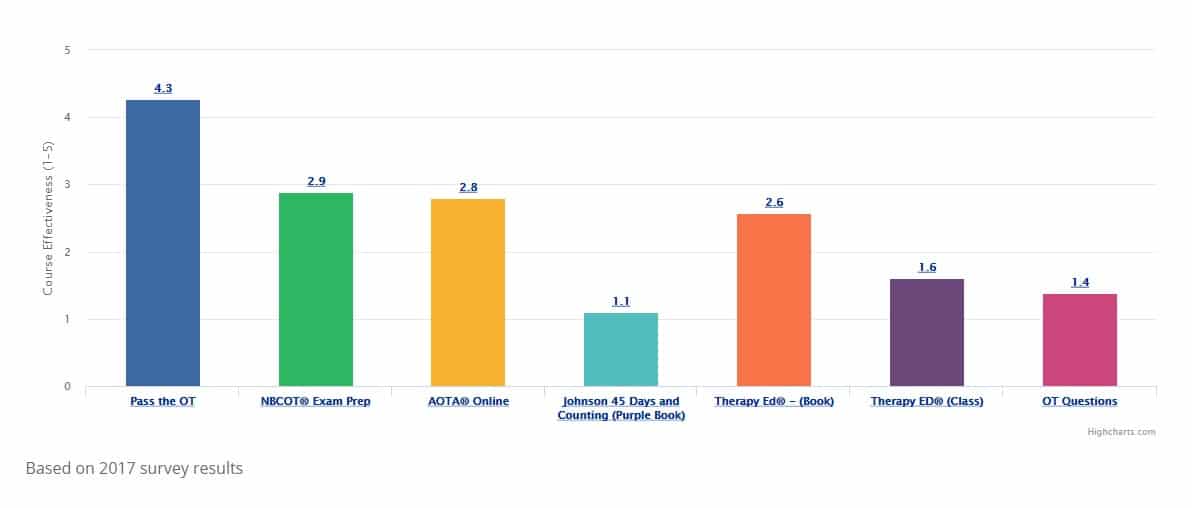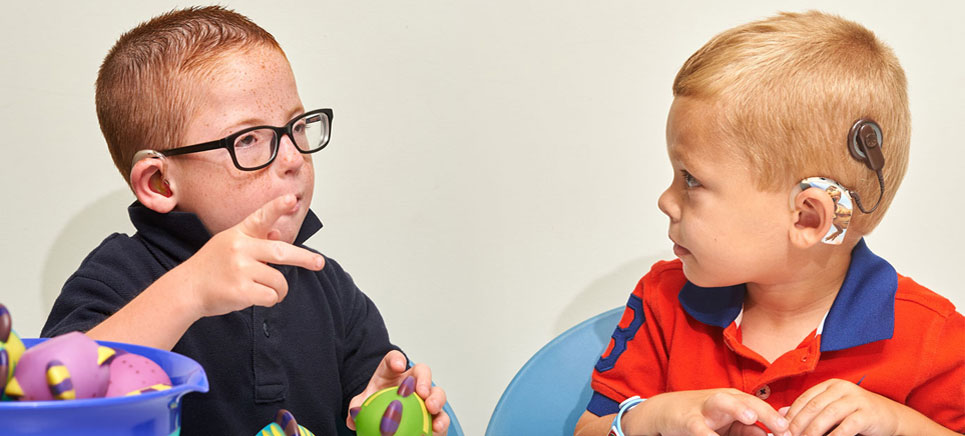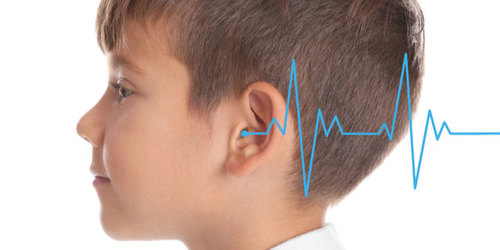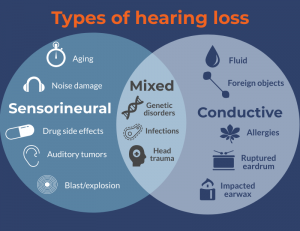

| Features | Free Trials | Others |
|---|---|---|
| Group Tutoring Sessions | 1 | Weekly |
| Customized study Schedule | ||
| Total number of questions with rationale | 100 | 2000+ |
| Easy to use charts | 30 | 114 |
| Hours of streamable audio | 30 | 50 |
| Assessment Tests | 40 | 200 |
| Highlighted material & dictation | ||
| Clinical Simulations | ||
| Comprehensive final exam | 200 | |
| 24 hr access to support team | ||
| Mini Quizzes (All topics & domains) | ||
| Proprietary study tips & Games | ||
| Accomodation Quizes | ||
| PTOT mobile app | ||
| Pass Guarantee* | ||
| Payment plans available |
… Children with deficits in hearing or deafness demonstrate significant delays in integration, balance, and the ability to carry out complex motor sequences. Occupational therapists are in a unique position to evaluate and treat sensorimotor and sensory integration problems in children with hearing loss. Even subtle motor issues can intensify dysfunction with a child with a hearing impairment. Although the most obvious deficits seen in children with hearing impairment involve language and social development, nonverbal aspects of development need to be evaluated by an occupational therapist and addressed in treatment plans to optimize function. Hearing Loss

Interventions for Communicating with children with hearing impairments:



At the end of each month, Pass the OT awards $250 to one lucky user who fills out our brief exit survey.
This survey will be sent to you after you have taken the exam.
We look forward to helping you pass the near future
Begin Program
What is included
What is not included

What is included
What is not included
| Features | Free Trials | Paid Programs |
|---|---|---|
| Group Tutoring Sessions | 1 | Weekly |
| Customized study Schedule | ||
| Total number of questions with rationale | 100 | 2000+ |
| Easy to use charts | 30 | 114 |
| Hours of streamable audio | 30 | 50 |
| Assessment Tests | 40 | 200 |
| Highlighted material & dictation | ||
| Clinical Simulations | ||
| Comprehensive final exam | 200 | |
| 24 hr access to support team | ||
| Mini Quizzes (All topics & domains) | ||
| Proprietary study tips & Games | ||
| Accomodation Quizes | ||
| PTOT mobile app | ||
| Pass Guarantee* | ||
| Payment plans available |
| Features | Free Trials | Paid Programs |
|---|---|---|
| Group Tutoring Sessions | 1 | Weekly |
| Customized study Schedule | ||
| Total number of questions with rationale | 100 | 2000+ |
| Easy to use charts | 30 | 114 |
| Hours of streamable audio | 30 | 50 |
| Assessment Tests | 40 | 200 |
| Highlighted material & dictation | ||
| Clinical Simulations | ||
| Comprehensive final exam | 200 | |
| 24 hr access to support team | ||
| Mini Quizzes (All topics & domains) | ||
| Proprietary study tips & Games | ||
| Accomodation Quizes | ||
| PTOT mobile app | ||
| Pass Guarantee* | ||
| Payment plans available |